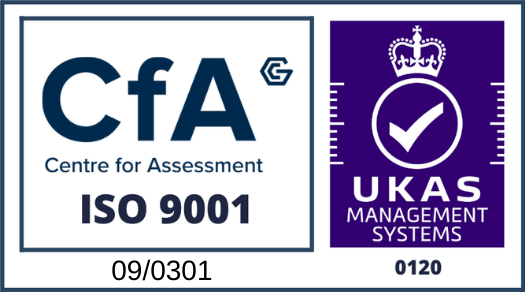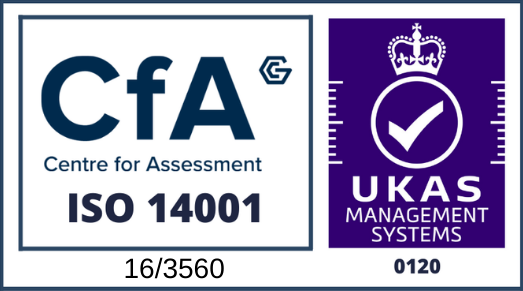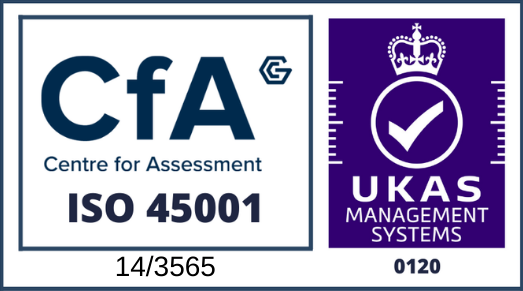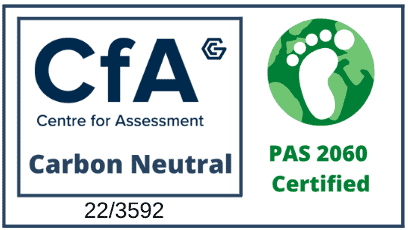
BS EN 1090 Certification
EN 1090 1, UKCA Marking & CE Marking Structural Steelwork Consultancy
Expert EN 1090, UKCA Marking & CE Marking Consultants
EN 1090 Certification Consultants
Table of Contents
BS EN 1090 1 is the harmonised standard for structural steel, as of 1st July 2014 it was made a criminal offence to supply structural metalwork unless it conforms to this standard and carries a legitimate UKCA mark and/or CE mark.
In 2012 The Construction Products Regulations (CPR) was introduced, this places a requirement on construction products that have a harmonised standard to be UKCA marked and/or CE marked.
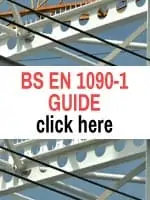
Get Our Free EN 1090 1 PDF Download
The European Construction Products Directive is aimed at harmonising the safety performance of construction products across the EU and they apply to anything placed on the market, whether imported or manufactured in the EU. The CPD defines six principles for materials that are to be used in civil engineering including:
- Mechanical resistance & stability (ITT / initial type testing)
- Safety in case of fire (fire testing)
- Hygiene, health & the environment (design)
- Safety in use (clear usage instructions & risk assessment )
- Protection against noise (risk assessment)
- Energy economy & heat retention (environmental performance)
Get Our Free EN 1090 1 PDF Download
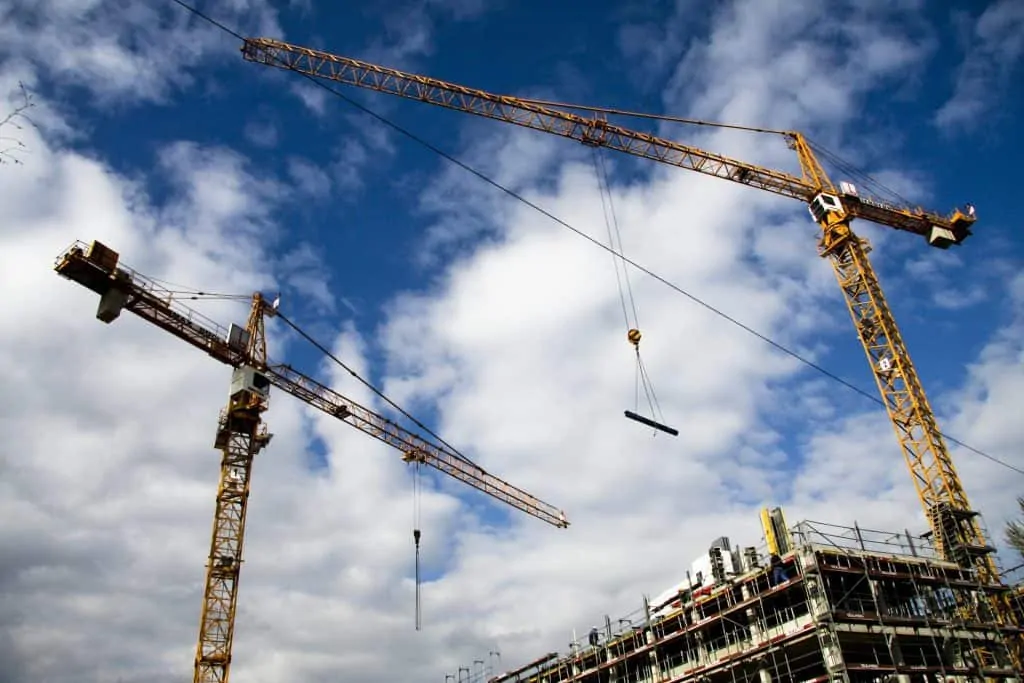
Who needs to comply with BS EN 1090 1?
The BS EN 1090 1 UKCA marking and CE marking for structural steel regulations apply to a wide range of activities involving “series” manufactured items:
- Manufacturers of metal components or kits that have a structural use in civil engineering.
- Importers of structural metalwork kits or components
- Stockholders and metal processors that modify stock – for example by drilling, painting, bending, electroplating etc.
Within EN 1901-1 The term “series” means mass produced or more than one for example multiple production such as staircases but not necessarily an access platform as a one off (non series) production, however the controls required are same and many larger organisations purchasing structural/fabricated steel may insist on UKCA marking and CE marking to ensure they have met their legal duty of care.
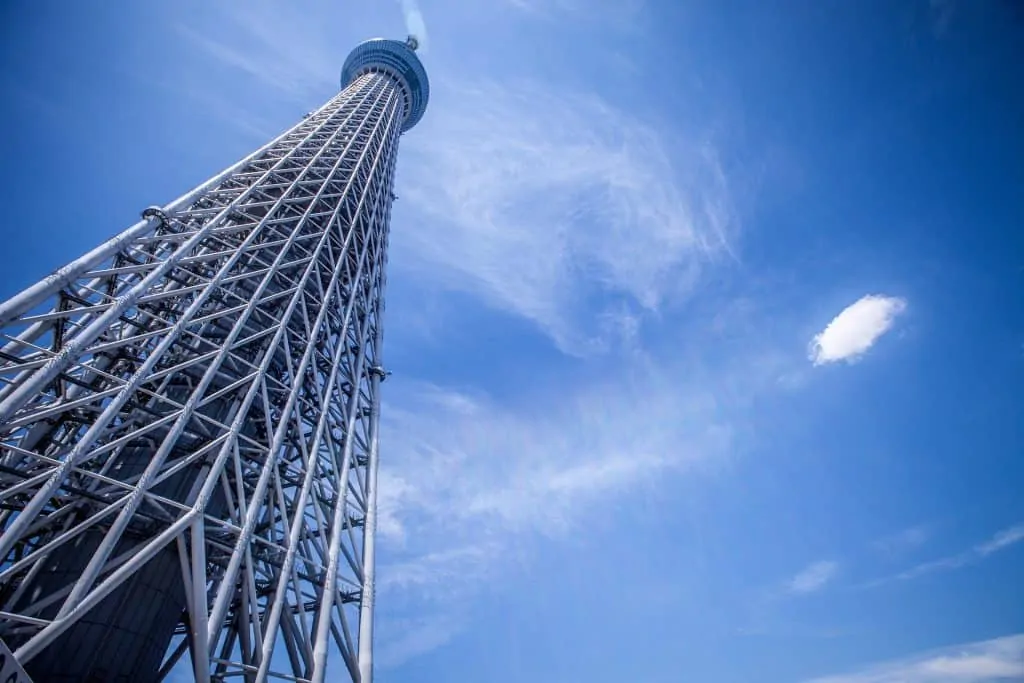
What do I need to do to comply BS EN 1090?
In order to comply with the requirements for EN 1090 certification you will need to determine which execution class applies.
Step 1. Determine the Consequence Class
There are 3 “consequence classes” in EN 1090 and it is anticipated that the majority of structural steel fabricators in the UK will fall within consequence class 2.
| Consequence class 1 (CC 1) | Low | Low possibility of loss of human life, or economic impact, social or environmental consequence – minimal to negligible loss | Agricultural buildings where people do not normally enter, low use, storage areas, greenhouses, etc. |
| Consequence class 2 (CC 2) | Medium | Medium possibility of loss of human life, or economic impact, social or environmental consequence – considerable loss | Residential and or office buildings with regular use, although not highly populated |
| Consequence class 3 (CC 3) | High | High possibility of loss of human life, or economic impact, social or environmental consequence –very great and serious impact | Stadium, concert hall, public buildings, etc. human activity very high usage most days of the year |
Step 2. Determine the Service Category
A Service Category is a method used in BS EN 1090-2 to reflect the risk arising from the actions to which the structure and its parts are likely to be exposed during erection and use, such as fatigue and likelihood of seismic actions. They also review the stress levels in the components in relation to their resistance.
Typically, in the UK, SC1 will generally be appropriate. All Service Categories are defined under table B.1 of BS EN 1090-2.
Category | Criteria |
SC1 | Structures/components designed for quasi actions only, e.g. buildings |
SC2 | Structures/components designed for fatigue actions to EC3 such as bridges, or |
Step 3. Determine the Production Category
A Production Category is a method used in BS EN 1090-2 to determine the risk arising from the fabrication complexity of the structure and its components. This may entail the application of particular techniques, procedures and controls.
Production categories are determined from Table B.2 of BS EN 1090-2 and it should be noted that a structure or part of a structure may contain components or structural details that belong to different production categories. However, the execution class is not always sensitive to the production category.
Get Our Free EN 1090 1 PDF Download
Production categories are determined from Table B.2 of BS EN 1090-2 and it should be noted that a structure or part of a structure may contain components or structural details that belong to different production categories. However, the execution class is not always sensitive to the production category.
Category | Criteria |
PC1 | Non-welded components or welded components from steel grades below S355 |
PC2 | Welded components manufactured from steel grades from S355 and above |
Step 4. Determine the Execution Class
Once you have determined the consequence class, service category and production category for a building, Table B.3 of BS EN 1090-2 defines the corresponding execution class. In the UK, for instance, EXC2 will be applicable to most buildings. Where no execution class is specified, Clause 4.1.2 of BS EN 1090-2 states that EXC2 applies.
Consequence Class | CC1 | CC2 | CC3 | ||||
Service Categories | SC1 | SC2 | SC1 | SC2 | SC1 | SC2 | |
Production Categories | PC1 | EXC1 | EXC2 | EXC2 | EXC3 | EXC3* | EXC3* |
PC2 | EXC2 | EXC2 | EXC2 | EXC3 | EXC3* | EXC4 | |
*EXC4 should be applied to special structures or structures with extreme consequences of a structural failure as required by national provisions.
Get Our Free EN 1090 1 PDF Download
Step 5. Factory Production Control System
You need to have what is known as an FPC (Factory Production Control system) this is set of procedures and documentation that ensure the following amongst other requirements:
- Traceability of materials (to original mill certs and test results)
- Competence of welders/fabricators (coded welders/weld testing)
- A responsible welding coordinator needs to be appointed
- Drawings and calculations to prove the structural integrity of materials/fabricated items
- Calibration of equipment (welding equipment)
- Control of defective materials and products with corrective action process (fixing errors)
- Purchasing procedures and approval for materials and subcontractors
- Quality control systems to ensure the quality of manufactured products
Transitioning to UKCA Marking from CE Marking
Holding certification to ISO 9001 will provide the majority of evidence required for EN 1090 but you will need some additional controls as detailed above.
When all of this is in place you need to have a third party audit/inspection by a notified body which is UKAS accredited.
Can We Help You With EN 1090 1 Certification?
We have a team of BS EN 1090 certification consultants who are also 3rd party auditors for EN 1090 certification and so fully understand the EN 1090 certification process inside out.
We have developed standard documentation and procedures that ensure compliance to the requirements of both ISO 9001 and BS EN 1090 1.
We will carry out an initial gap analysis:
- Provide all necessary documentation including procedures forms etc..
- Generate an action plan
- Develop any additional controls and documentation
- Liaise with a UKAS accredited certification body to arrange certification
- On-going support to maintain certification (where requested)
Where companies meet certain criteria, we may also be able to access financial support to implement your system.
Please contact us to discuss how we can help your business.
Can We Help You With EN 1090 Certification?
RKMS offer accredited training to support organisations in meeting ISO compliance. Our Level 3 Award in Effective Auditing and Inspection gives individuals the knowledge needed to conduct internal audits.
We deliver this course to two delegates for free as part of our EN 1090 certification consultancy package, however if you wish to implement EN 1090 internally but wish for your staff to be trained in internal auditing, take a look at our course page below.
Level 3 Award in Effective Auditing and Inspection
Give us a call to discuss your needs 0300 373 0128
Find out more!

Cost of EN 1090 & UKCA/CE Marking
RKMS offers a high quality service at an affordable price. Typical costs of implementing EN 1090 are between £3,000 and £4,000 including the certification body audit fees, with the timeframe to implement roughly 3 months. The cost of achieving EN 1090 certification varies depending on a number of factors such as, number of staff, annual turnover, number of sites, existing documentation and complexity of audits.
If you wish to discuss your needs further and identify your options, please give us a call or request a quote below. One of our business development team members can explore your options and best advise you on which path to take.
